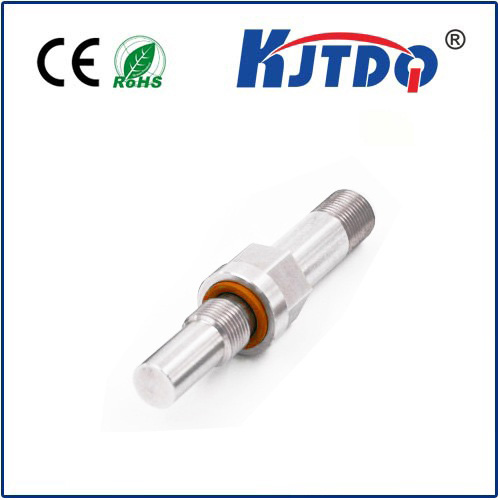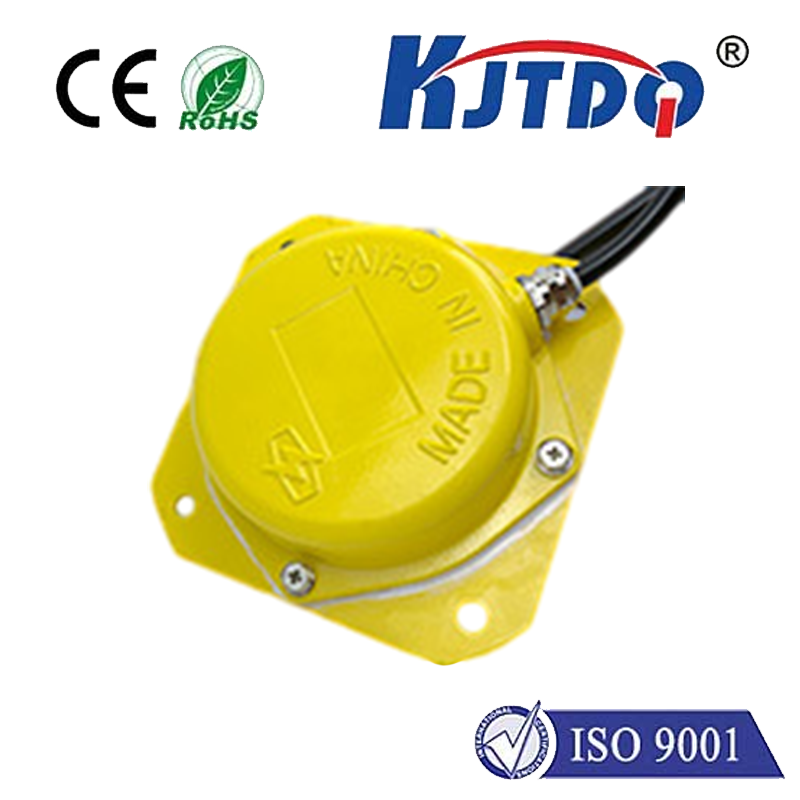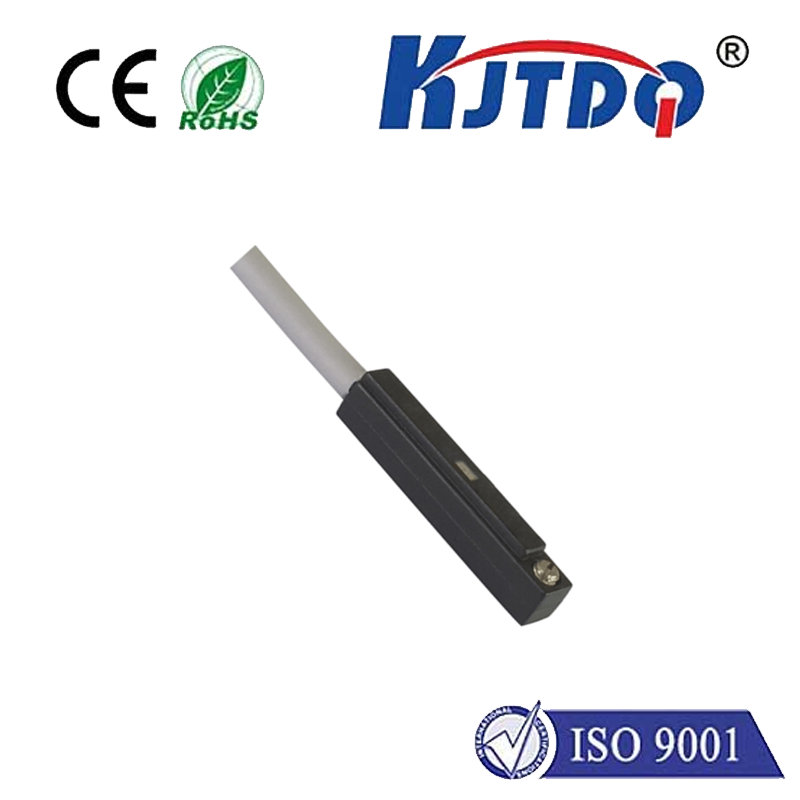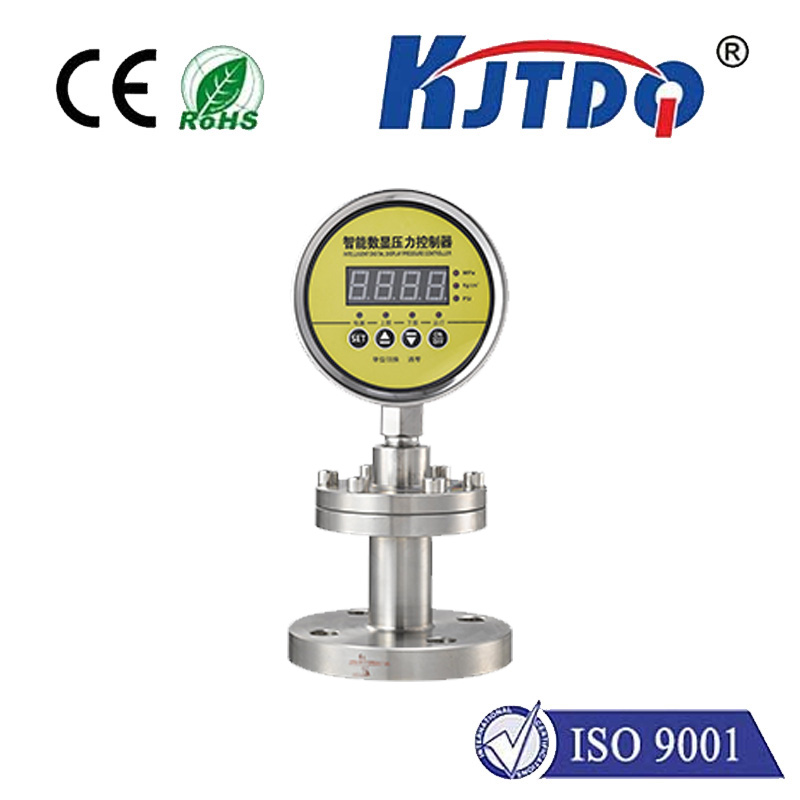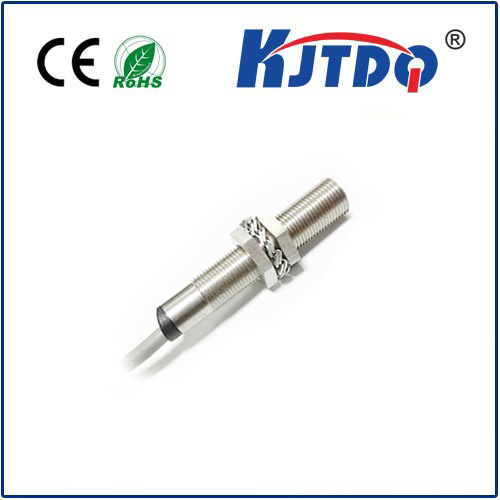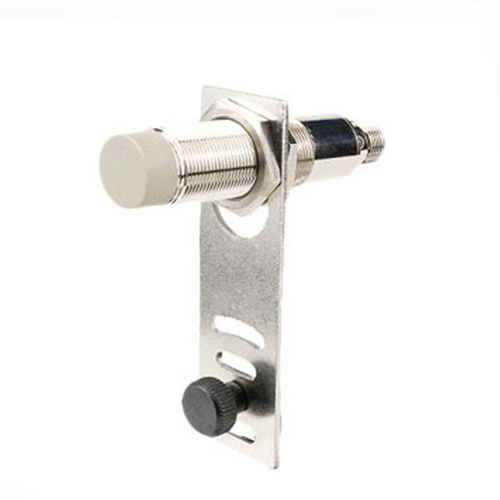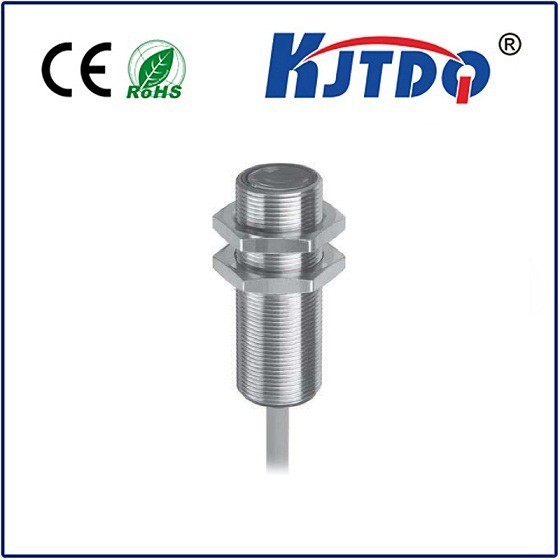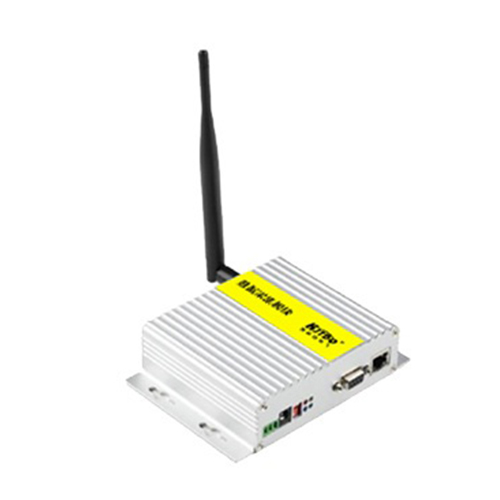laser proximity sensor
- time:2025-06-12 18:01:10
- Click:0
Unlocking Precision: The Essential Guide to Laser Proximity Sensors
In the intricate dance of modern automation, robotics, and quality control, knowing the exact distance between objects – often with hair-split accuracy and blinding speed – is paramount. Enter the laser proximity sensor, a sophisticated tool transforming how machines perceive and interact with their environments. These remarkable devices provide non-contact, high-precision distance measurement, becoming an indispensable component in countless applications demanding reliability and precision. But how do they truly function, and why are they often the preferred choice?
The Core Principle: Light as a Measuring Tape
At its heart, a laser proximity sensor operates on a brilliantly simple yet powerful concept: it emits a focused beam of laser light towards a target and measures the reflection. Unlike a simple photoelectric sensor that merely detects presence, proximity sensors based on laser technology calculate the distance to the object. This fundamental capability unlocks a vast array of applications far beyond simple detection.
How Does Light Measure Distance? Key Technologies

The precision of a laser distance sensor hinges on the specific technology it employs to analyze the reflected light. Two primary methods dominate the market:
- Time-of-Flight (ToF): This method is conceptually straightforward. The sensor precisely measures the time it takes for the laser pulse to travel to the target and back. Since the speed of light © is a known constant (~3 x 10^8 m/s), the distance (d) is calculated using the formula: d = (c * t) / 2. The division by two accounts for the round-trip journey. ToF sensors excel at longer ranges (often meters, sometimes tens or hundreds of meters) but can have slightly lower absolute accuracy compared to triangulation at shorter distances.
- Optical Triangulation: This method offers exceptional accuracy at shorter ranges. A laser diode projects a visible or invisible spot onto the target. The reflected light doesn’t travel straight back but hits a position-sensitive detector (like a CCD or CMOS array) at an angle. The position of the reflected spot on this detector shifts depending on the target’s distance. Using simple trigonometric principles within the fixed geometry of the sensor, the precise distance is calculated. Triangulation sensors are the go-to choice for demanding micron-level accuracy in industrial settings.
Why Choose Laser Proximity Technology? Compelling Advantages
The shift towards laser proximity sensors is driven by a suite of significant benefits over alternative sensing technologies:
- Exceptional Accuracy and Resolution: Capable of resolutions down to the micron level (especially triangulation types), they provide the fine-grained data essential for high-precision tasks like semiconductor manufacturing or robotic assembly.
- Non-Contact Measurement: Since they rely solely on light, there’s no physical contact with the target. This eliminates wear and tear on both the sensor and the object being measured, and is critical for delicate surfaces or applications where contamination is a concern.
- High Speed: Laser sensors provide rapid measurements, often in the microsecond range. This high speed is vital for dynamic processes, high-throughput production lines, and real-time feedback control systems.
- Small Spot Size: The focused laser beam generates a tiny measurement spot, enabling precision measurement on small objects, edges, or areas requiring detailed profiling that ultrasonic or inductive sensors cannot match.
- Reduced Target Dependency: While target color, reflectivity, and material can influence performance (especially with low reflectivity targets), modern sensors with advanced algorithms are much less dependent on these factors compared to standard photoelectric sensors. Variations in surface properties pose less of a challenge than with many alternatives.
- Long Range Capabilities: Time-of-Flight variants can effectively measure distances far beyond the reach of ultrasonic or inductive proximity sensors, making them suitable for warehouse automation, crane positioning, and large-scale dimensioning.
Key Specifications: Choosing the Right Sensor
Understanding these critical parameters is essential for selecting the optimal laser distance sensor for your application:
- Measuring Range: The minimum and maximum distance the sensor can reliably measure. ToF typically offers longer ranges, while triangulation excels at shorter ranges with higher accuracy.
- Accuracy: How close the measured value is to the target’s true distance. Affected by technology, calibration, and environmental factors. Micron-level accuracy is common with triangulation.
- Resolution: The smallest change in distance the sensor can reliably detect. Crucial for detecting minute variations.
- Spot Size: The diameter of the laser beam at the target. Smaller spots allow measurement on finer details.
- Response Time: How quickly the sensor can take and output a measurement. Critical for high-speed processes.
- Output Type: Common interfaces include analog outputs (0-10V, 4-20mA), digital outputs (RS232, RS485, Ethernet), and bus protocols (IO-Link, Profinet, EtherNet/IP). Choosing the right output ensures seamless integration.
- Environmental Rating: Protection against dust, moisture, vibration, and temperature extremes is vital for reliable operation in demanding industrial settings (look for ratings like IP67, IP69K).
Where Laser Proximity Sensors Shine: Real-World Applications
The versatility of laser proximity technology makes it ubiquitous across sectors:
- Precision Manufacturing: Dimensional gauging (thickness, width, height), robot guidance for welding/sealing, coplanarity and flatness inspection, component presence/absence with distance verification. Micron-level accuracy ensures quality.
- Material Handling & Logistics: Pallet dimensioning, fill level control in bins/silos (especially for non-contact requirements), conveyor belt monitoring, positioning of automated guided vehicles (AGVs), crane hook positioning.
- Robotics: Providing real-time distance feedback for path correction, obstacle avoidance, and precise positioning of robotic arms during pick-and-place or assembly operations.
- Automotive: Monitoring panel gaps, verifying component alignment on assembly lines, controlling paint spray distance, wheel alignment systems. High speed is essential on fast-moving lines.
- Electronics: Solder paste inspection (SPI), component placement verification, lead coplanarity checks, wafer mapping and handling. The small spot size is critical here.
- Construction: Profiling surfaces, monitoring structural displacement, equipment positioning (e.g., graders), volume calculation.
- LiDAR Systems: The foundation of many LiDAR (Light Detection and Ranging) systems used in autonomous vehicles, surveying, and mapping relies on laser distance measurement principles.
The Future is Bright and Precise
Laser proximity sensors represent a pinnacle of non-contact measurement technology. Their ability to deliver high-speed, high-precision distance data reliably and without touching the target makes them irreplaceable in the automated and data-driven world of modern industry. As laser diode technology, processing algorithms, and integration capabilities (like IO-Link) continue to advance, we can expect these sensors to become even smaller, faster, smarter, and more adaptable, further pushing the boundaries of what automated systems can perceive and achieve. From the micro-world of electronics assembly to the macro-scale of logistics hubs, the laser’s focused beam continues to guide the way toward greater precision and efficiency.












